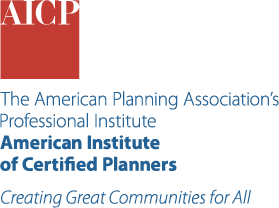Managing Pickleball Noise Through Zoning
Zoning Practice — November 2025
By Charles Leahy

What began as a friendly, fast-growing sport has become a recurring source of conflict in communities across North America. Fueled by low cost, wide appeal, and minimal space requirements, pickleball has quickly become a must have recreational land use — often shoehorned into parks, clubs, and residential areas with little foresight. But with the sport's rise has come an unexpected backlash, as neighbors report escalating noise, declining property values, and a deteriorating quality of life.
What's become clear is that zoning codes are unprepared and do not have provisions specific to this new and unexpected noise. With an estimated 20,000 separate zoning authorities in the U.S., there is considerable work ahead.
This issue of Zoning Practice offers a framework for planners and local officials seeking to amend existing zoning ordinances in a way that balances demand for pickleball courts, neighborhood compatibility concerns, and legal risk. It begins by highlighting common triggers for conflict before identifying the acoustic characteristics that differentiate pickleball from other common recreational activities, explaining why local noise ordinances are the wrong tool for the job, and outlining an alternative approach to regulating court siting through special permits, setbacks, and use-specific standards.
Details
About the Author
Charles Leahy


